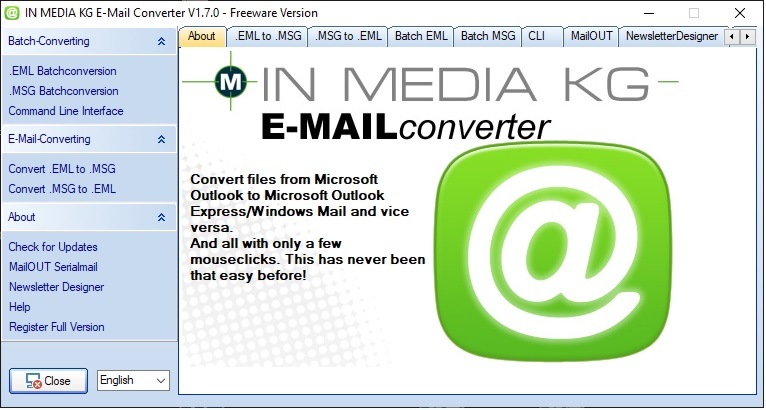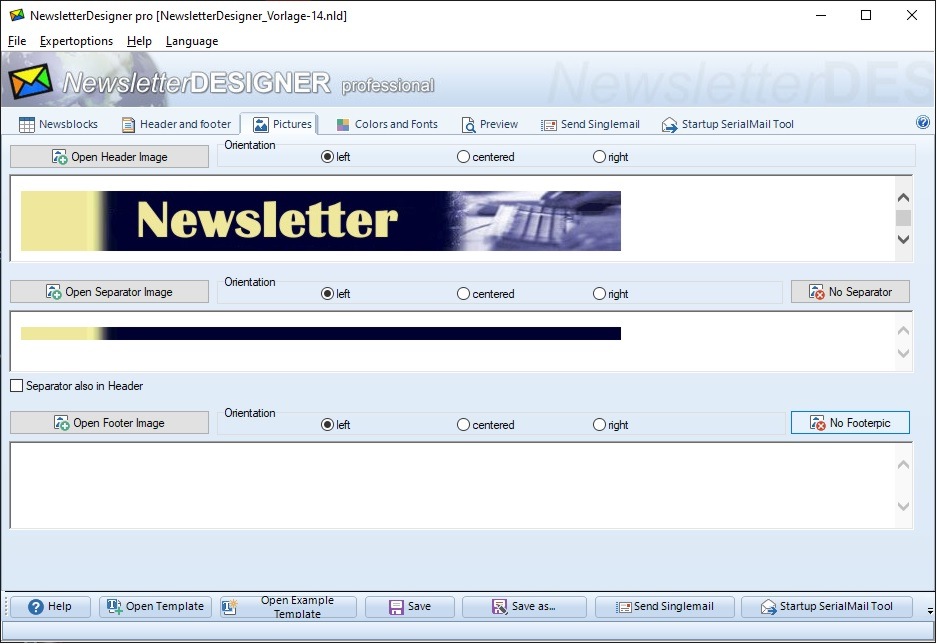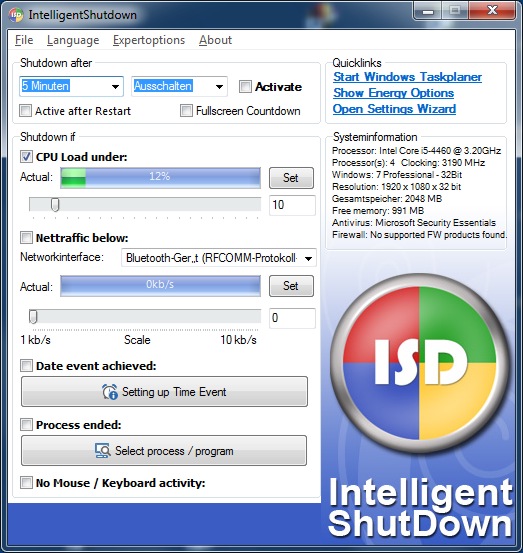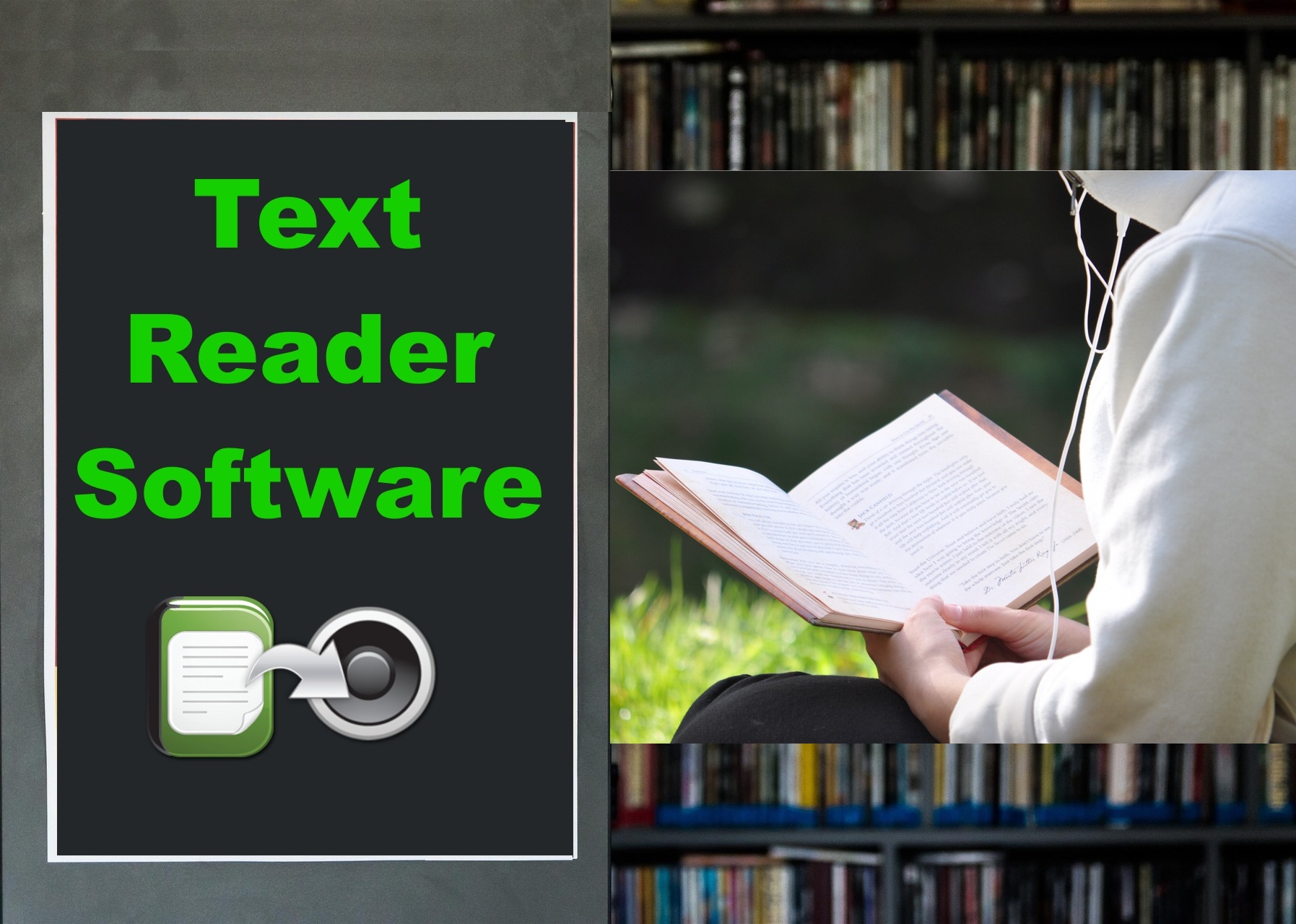For optimal audio quality, it is recommended to use MP3 player software that offers audio enhancements such as equalizer settings.
Next, consider the features that are important to you. Do you want a simple, no-frills MP3 player software, or do you prefer one with advanced features such as equalization, crossfade, and playlist management? Think about how you typically listen to music and what features would enhance your listening experience.
In addition to features, consider the user interface of the MP3 player software. A clean, intuitive interface can make it easier to navigate your music library and access the features you use most frequently. Look for software that is easy to use and customize to your preferences.
Another important factor to consider when selecting MP3 player software is audio quality. Some software programs offer audio enhancements such as bass boost, surround sound, and virtualization, which can improve the overall sound quality of your music. If audio quality is important to you, be sure to choose software that offers these enhancements.
When it comes to audio enhancements, it’s also worth considering then the software supports lossless audio formats such as FLAC or WAV. These formats offer higher audio quality than compressed formats like MP3, so if you have a collection of high-quality audio files, look for software that can support these formats.
In addition to audio quality, be sure to consider the performance of the MP3 player software. Some programs may be resource-intensive and slow down your device, while others may be lightweight and run smoothly in the background. If performance is important to you, look for software that is optimized for speed and efficiency.
Master Your Music: A Comprehensive Guide to MP3 Player Software and Equalizer Settings
When using MP3 player software, make sure to adjust the equalizer settings to customize the sound output according to your preferences.
When it comes to choosing the right MP3 player software, it’s important to consider the features that are most important to you. One of the key features to look for is an equalizer, which allows you to adjust the frequencies of your music to create a more balanced and immersive sound. With an equalizer, you can enhance the bass, treble, and mid-range frequencies to suit your personal taste.
In addition to an equalizer, some MP3 player software also offers additional audio enhancements such as surround sound, virtual sound effects, and volume normalization. These features can further enhance your listening experience, making your music sound richer and more dynamic. It’s important to experiment with these settings to find the combination that works best for you and your music library.
Another important aspect to consider when choosing MP3 player software is compatibility with your devices. Make sure the software is compatible with your computer, smartphone, and any other devices you use to listen to music. This will ensure a seamless listening experience across all your devices, allowing you to enjoy your music wherever you go.
When using an equalizer in your MP3 player software, it’s important to adjust the settings based on the type of music you’re listening to. For example, if you’re listening to rock music, you may want to boost the bass frequencies to enhance the powerful guitar riffs. On the other hand, if you’re listening to classical music, you may want to boost the mid-range frequencies to bring out the nuances of the string instruments.

Experience Immersive Sound – Unleashing the Functions of MP3 Player Software and 3D Sound Effects
MP3 player software often includes features like 3D sound effect to enhance the listening experience and create a more immersive audio environment.
3D sound effects are designed to create a more immersive and realistic listening experience for users. By simulating the effect of sound coming from different directions, these effects can make music sound more dynamic and vibrant. This technology essentially creates an illusion of spatial depth, making it seem as though the music is coming from all around you.
One of the key functions of MP3 player software https://www.terraproxx.com/music-player-software/ is to provide users with the ability to customize and adjust 3D sound effects to suit their preferences. Users can control the intensity and direction of the sound effects, allowing them to create a personalized listening experience that best suits their needs. This level of customization ensures that users can enjoy their favorite music in a way that is tailored to their individual tastes.
Additionally, 3D sound effects can be used to enhance the overall quality of the music being played. By adding depth and dimension to the sound, these effects can make music sound richer and more detailed. This can be particularly beneficial for users who are listening to music on low-quality headphones or speakers, as 3D sound effects can help to compensate for any deficiencies in sound quality.
Furthermore, 3D sound effects can also be used to create a more immersive listening experience for users. By enhancing the spatial dimension of the sound, these effects can make music sound as though it is coming from all around you, enveloping you in a blanket of sound. This can make for a more engaging and enjoyable listening experience, allowing users to feel as though they are truly part of the music.
Another important function of MP3 player software is to provide users with the ability to enhance the sound quality of their music. In addition to 3D sound effects, these software programs often come equipped with a range of audio enhancement tools that can help to improve the overall quality of the music being played. These tools can be used to adjust the bass, treble, and other attributes of the sound, allowing users to fine-tune their listening experience to their liking.
Functions of MP3 Player Software with 3D Sound Effect
- Play music files in MP3 format
- Organize music library by artist, album, or genre
- Create playlists for custom listening experiences
- Support playback of other audio formats like WAV, FLAC, and AAC
- Equalizer for adjusting audio levels and frequencies
- Shuffle and repeat options for playback customization
- 3D sound effect for immersive audio experience
- Adjustable settings for sound positioning and depth
- Virtual surround sound simulation for a theater-like experience
- Enhanced bass and treble controls for richer audio quality
Unlock the Potential: Detect the Advantages of MP3 Player Software and Different Audio Formats
One of the advantages of using MP3 player software is the ability to support various audio formats, allowing for a wide range of music playback options.
Another advantage of MP3 player software is the ability to create playlists. Users can easily organize their music library by creating custom playlists based on mood, genre, or artist. This feature makes it easy to access and enjoy your favorite tunes without having to sift through a long list of songs. Additionally, MP3 player software often includes features such as shuffle and repeat options, allowing users to customize their listening experience.
One of the key advantages of MP3 player software is its compatibility with a wide range of devices. In Case of you’re using a smartphone, tablet, or computer, you can easily transfer and play your music files on any device. This convenience allows users to listen to their favorite songs no matter where they are. Furthermore, MP3 player software often includes features such as EQ settings, allowing users to customize their audio experience to suit their preferences.
MP3 player software also offers the advantage of easy access to online music libraries. With the rise of streaming services such as Spotify, Apple Music, and Amazon Music, users can easily access millions of songs with just a few clicks. Many MP3 player software programs integrate seamlessly with these services, making it easy to realize new music and access a vast library of songs. This feature is especially beneficial for users who enjoy exploring new music and expanding their music collection.
In addition to its versatility and convenience, another advantage of MP3 player software is its ability to convert audio files. Users can easily convert audio files from one format to another, making it easy to transfer and play music on different devices. This feature is particularly useful for users who have music files in different formats and want to consolidate their library into a single format. MP3 player software makes this process quick and easy, saving users time and hassle.
Furthermore, MP3 player software often includes features such as sound enhancement tools, allowing users to improve the quality of their audio files. Even if you’re looking to boost bass, enhance treble, or adjust the overall sound quality, MP3 player software offers a range of tools to help you achieve the perfect sound. This feature is especially beneficial for users who are audiophiles and want to optimize their listening experience.






 Best photo organizing software
Best photo organizing software Picture about photo organizer software
Picture about photo organizer software Screenshot shows the audio player software
Screenshot shows the audio player software